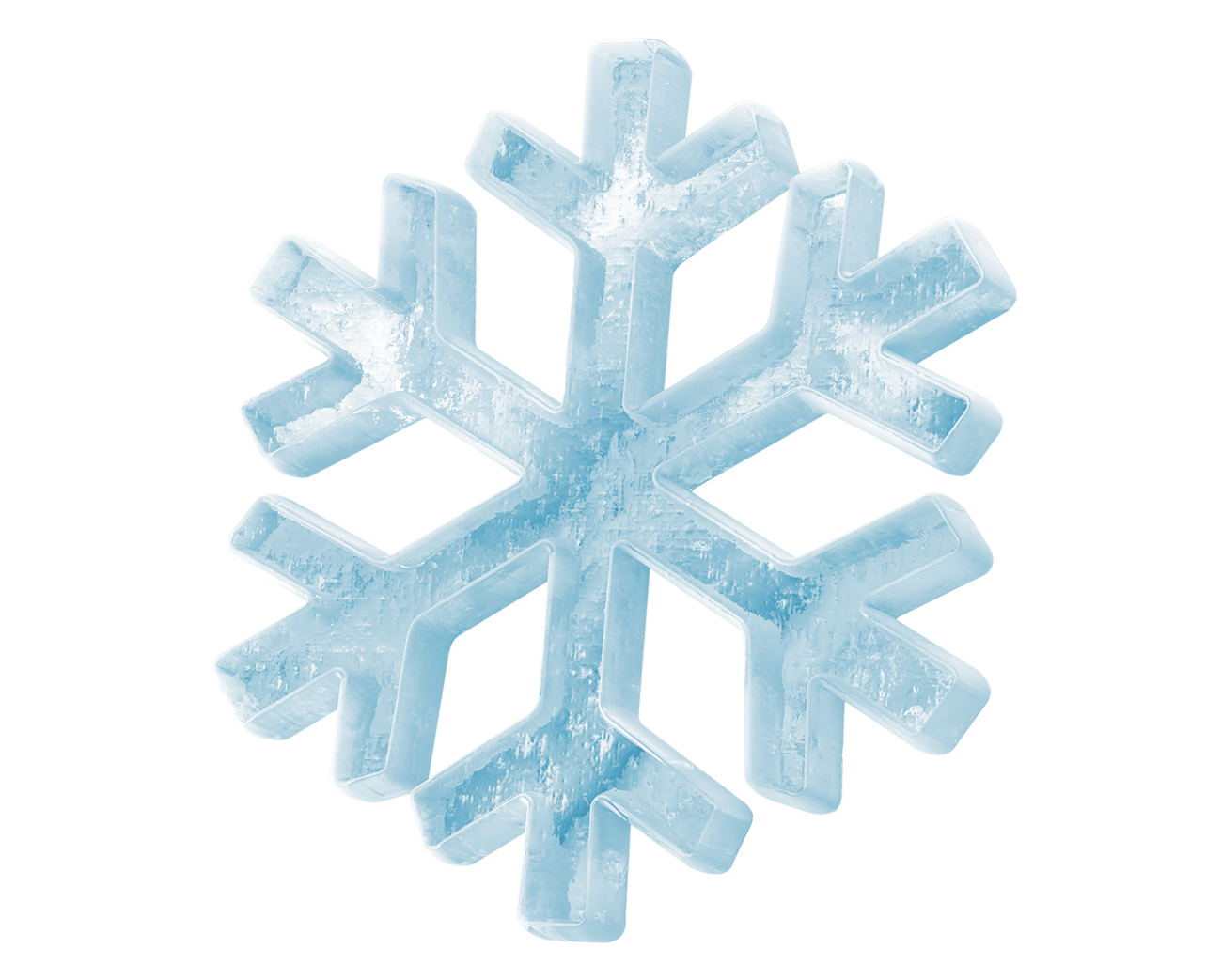One of the vital steps in any supply chain is to ship your product safely to its destination. With over 40 years experience, in the pharma, biopharma & medical industry as well as in the food & drink industry, our packaging experts will recommend a chilled packaging solution based on your actual needs. Different products from sensitive diagnostic reagents to perishable foods require different solutions. Swiftpak understand and take into consideration different aspects of the product's journey:
- product integrity
- time in transit
- contamination prevention
- required temperature maintenance
- safety & security
- sustainability










